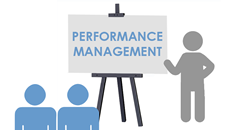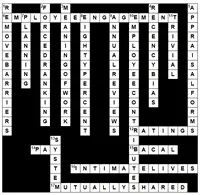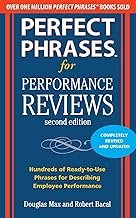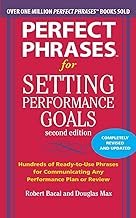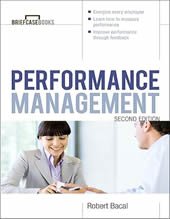Conflicting Performance Review Purposes Sabotage The Entire Process
Life would be much easier if we could identify one single variable that separates good and poor performance review processes.
If there were just one essential difference, then all you’d have to do to move from poor to good would be to change that one thing. Unfortunately, it’s not like that.
Effective reviews and ineffective reviews are different in
many, many ways. If you want to improve them, you have to
address most, if not all, of the ways in which they differ. Let’s
take a look at one of the most prevalent reasons that
makes them more or less effective and increase or decrease the
return on investment.
Clear Primary Purpose vs. Befuddled Purpose
One of the challenges in making performance reviews work is that people tend to try to use reviews for a number of purposes or goals. In itself that wouldn’t be a problem, except that those purposes often conflict, making it impossible for a system to achieve any of its purposes.
Performance reviews work best when the players (company, managers, and employees) clearly understand why they’re doing what they’re doing and when they understand that performance reviews can’t achieve purposes that conflict.
Let me give you a concrete example. Many companies and managers want to use the performance review results to make personnel decisions that significantly impact employees. Since they want to reward good performance, retain top employees, make decisions on promotions, and even determine who to keep and who to let go, it’s sensible to want to have data on which they can base these decisions. They look to the performance reviews to provide that data.
They may also want to use performance reviews to improve performance and to develop staff abilities. On the surface, it may appear that these two purposes are complementary, but in fact, they create conflict and put managers and employees in almost a schizoid situation.
However, if the goal is to improve performance, the only way that will work over time is if manager and employee work together cooperatively, in partnership, within a non-threatening climate, as partners in the process.
To gather data for important personnel decisions, the responsibility for evaluating performance generally lies with the manager, not the employee. That’s because the manager is the one making those important decisions. Since the employee knows the performance review information may be used to help or harm him or her, the employee doesn’t perceive that it’s in his or her best interests to be completely open, honest, or accurate about his or her performance. In other words, the evaluative, manager-centered performance review, tied to
rewards and punishments, actually pushes the manager and employee to different "sides".
There’s no way to completely eliminate cross-purposes ager and employee to opposite sides. The employee benefits from highlighting what he or she has done well, in the hope of receiving a pay raise or not getting laid off. The tie to rewards and punishments becomes a wedge between manager and employee and keeps them from working together to improve performance.
We end up here with two purposes or functions that interfere with each other. If the goal is to make decisions about rewards and punishments, manager and employee often work at crosspurposes and take on confrontational roles. However, if the goal is to improve performance, the only way that will work over time is if manager and employee work together cooperatively, in partnership, within a non-threatening climate, as partners in the process.
Of all the things that distinguish effective performance reviews from ineffective, this is the toughest one to overcome.
All of the ones we describe later can be fixed. This one, however,
is basically a paradox, since there are legitimate reasons to use review data to make decisions and to use review data to improve performance. But you should determine what is most important to you and your work unit and company. Define your primary purpose and aim at it, while being aware that other purposes can creep in and cause conflicts.
